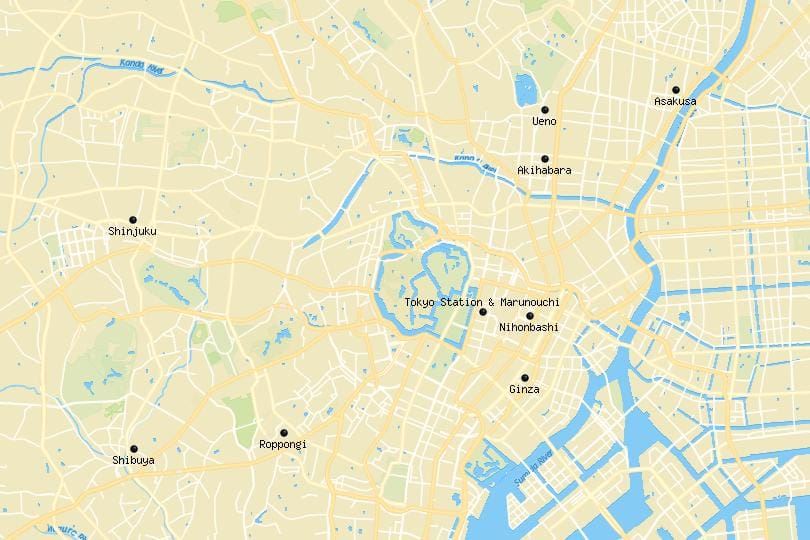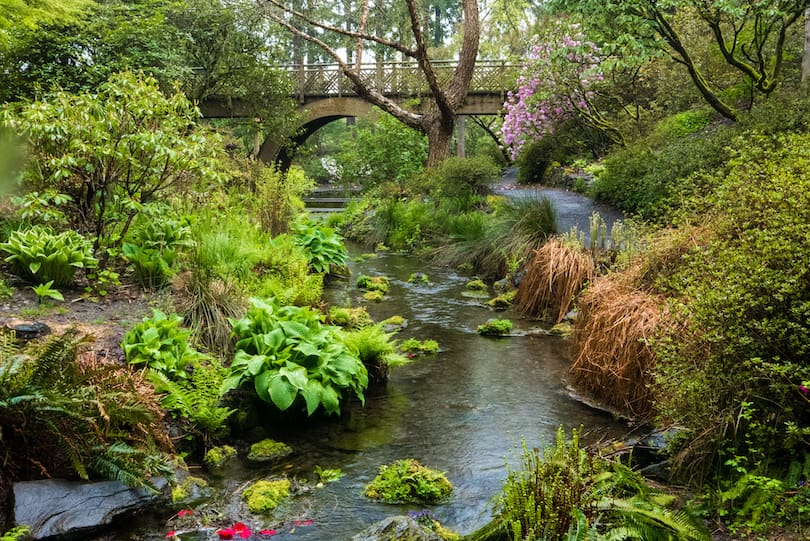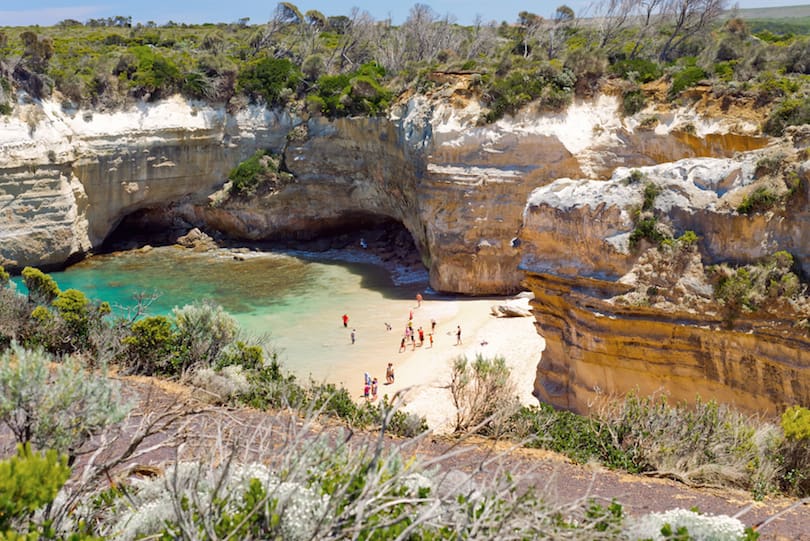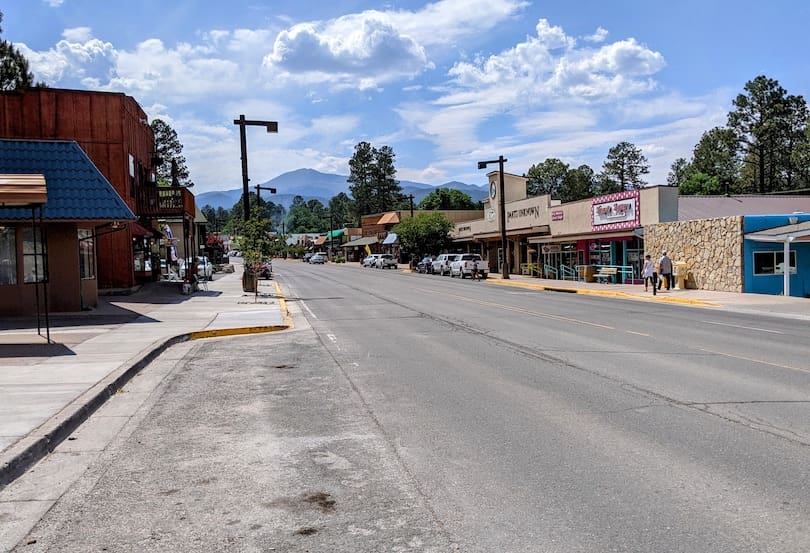Discover the 16 most beautiful regions in Poland, each boasting stunning landscapes and unique cultural experiences. From the majestic Tatra Mountains to the historic streets of Krakow, this article takes you on a journey through Poland’s picturesque beauty.
Introduction
Poland, a country located in Central Europe, is known for its rich history, vibrant culture, and breathtaking landscapes. From lush green countryside to captivating coastal areas, Poland offers a diverse range of scenic beauty. In this article, we will delve into the 16 most beautiful regions in Poland that captivate travelers with their charm and allure.
16 Most Beautiful Regions in Poland
- Mazury Lake District – Land of a Thousand Lakes
The Mazury Lake District, located in northeastern Poland, is a paradise for nature lovers. With over 2,000 lakes scattered across its landscape, it offers an abundance of opportunities for water activities such as sailing, kayaking, and fishing. The picturesque surroundings, charming villages, and dense forests make it a must-visit destination for tranquility seekers.
- Bialowieza Forest – A Primeval Wilderness
Home to one of the last remaining primeval forests in Europe, Bialowieza Forest is a UNESCO World Heritage site. Situated on the border between Poland and Belarus, this ancient woodland is renowned for its diverse flora and fauna. Visitors can explore the forest on guided tours, where they might spot European bison, wolves, and rare bird species.
- Pieniny Mountains – Rafting on Dunajec River
The Pieniny Mountains, located in southern Poland, offer a unique experience of rafting down the Dunajec River Gorge. The striking limestone cliffs and verdant hills provide a picturesque backdrop for this thrilling adventure. Apart from rafting, visitors can also explore the nearby castles and taste traditional Polish cuisine.
- Tatra Mountains – Majestic Peaks and Alpine Lakes
The Tatra Mountains, forming a natural border between Poland and Slovakia, are a haven for hikers and adventure enthusiasts. With towering peaks, glacial valleys, and crystal-clear alpine lakes, the Tatras offer stunning vistas at every turn. Zakopane, the “Winter Capital of Poland,” is a popular base for exploring this mountain range.
- Wieliczka Salt Mine – Underground Wonder
Delve into the fascinating underground world of the Wieliczka Salt Mine, a UNESCO-listed site near Krakow. This historic mine features awe-inspiring chambers, salt sculptures, and even an underground chapel made entirely of salt. It’s a captivating glimpse into Poland’s salt mining heritage.
- Krakow – The Royal City
Krakow, Poland’s former capital, is a city steeped in history and culture. Its well-preserved medieval architecture, including the iconic Wawel Castle and St. Mary’s Basilica, is a testament to its royal past. Visitors can stroll through the charming streets, enjoy traditional Polish music, and savor delicious local cuisine.
- Gdansk – Maritime Splendor
Situated on the Baltic coast, Gdansk is a port city with a rich maritime heritage. Its historic Old Town features colorful facades, cobbled streets, and iconic landmarks like the Neptune Fountain. Gdansk is also known for its shipyards, where the Solidarity movement played a significant role in Poland’s history.
- Bieszczady Mountains – Wilderness Retreat
For those seeking solitude and wilderness, the Bieszczady Mountains in southeastern Poland offer an escape from the hustle and bustle of city life. The region’s untamed landscapes, including dense forests and rolling hills, are perfect for hiking and wildlife spotting.
- Hel Peninsula – Seaside Escape
Jutting out into the Baltic Sea, the Hel Peninsula is a popular destination for beach lovers and water sports enthusiasts. With sandy beaches, dunes, and charming fishing villages, this narrow strip of land promises a relaxing getaway.
- Malbork Castle – Medieval Marvel
Step back in time at Malbork Castle, the largest brick castle in the world. Built by the Teutonic Knights in the 13th century, this fortress is an architectural masterpiece. Touring its grand halls and towers provides a glimpse into medieval life.
- Wroclaw – The City of Bridges
Wroclaw, often called the “Venice of Poland,” boasts over 100 bridges that crisscross the city’s rivers and canals. The vibrant city center, known for its lively market square and colorful buildings, is a delightful place to explore.
- Kazimierz Dolny – An Artist’s Inspiration
This charming town, located on the Vistula River, has been an inspiration for artists for centuries. With its well-preserved Renaissance architecture and picturesque landscapes, Kazimierz Dolny exudes artistic flair.
- Masurian Lakeland – Serene Waterways
The Masurian Lakeland, located in northern Poland, is another gem for water enthusiasts. Its serene waterways, lush forests, and charming islands offer a peaceful retreat from the urban rush.
- Bialystok – Cultural Crossroads
Bialystok, the largest city in northeastern Poland, is a melting pot of cultures and religions. Visitors can explore its diverse architecture, parks, and vibrant local markets.
- Ojcow National Park – Rocky Ravines
Ojcow National Park, near Krakow, is a wonderland of limestone cliffs, caves, and unique rock formations. The park’s stunning beauty and rich biodiversity make it a paradise for nature lovers.
- Torun – Birthplace of Copernicus
Torun, a UNESCO World Heritage site, is the birthplace of Nicolaus Copernicus. Its well-preserved medieval architecture, along with the famous Copernicus House Museum, draws history enthusiasts and astronomers alike.
FAQs about the 16 Most Beautiful Regions in Poland
Q: When is the best time to visit Poland to explore these regions?
A: The best time to visit Poland is during the summer months, from June to August, when the weather is pleasant and ideal for outdoor activities. However, each region has its charm in different seasons. For instance, the Tatra Mountains are perfect for winter sports enthusiasts, while the Masurian Lakeland is lovely during spring and autumn.
Q: Are the Tatra Mountains suitable for beginners in hiking?
A: Yes, the Tatra Mountains offer a variety of trails suitable for hikers of all levels. Beginners can opt for easier routes with picturesque views, while experienced trekkers can challenge themselves with more demanding paths.
Q: What are some traditional Polish dishes to try while exploring these regions?
A: Poland boasts a rich culinary tradition. Don't miss trying pierogi (dumplings) with various fillings, traditional Polish sausages like kielbasa, bigos (hunter's stew), and oscypek (smoked cheese) from the Tatra Mountains.
Q: Can I visit Bialowieza Forest without a guide?
A: While it's possible to visit parts of Bialowieza Forest without a guide, having a knowledgeable guide enhances the experience. They can provide insights into the forest's unique ecosystem and help you spot elusive wildlife.
Q: Are there any accommodations available in the remote Bieszczady Mountains?
A: Yes, there are various accommodations available in the Bieszczady Mountains, including cozy guesthouses, mountain lodges, and camping sites. It's essential to book in advance, especially during peak seasons.
Q: How can I travel between these regions conveniently?
A: Poland has a well-developed transportation system, making it relatively easy to travel between regions. Trains, buses, and rental cars are popular choices for getting around the country.
Conclusion
Poland’s 16 most beautiful regions offer a diverse range of landscapes and experiences for travelers to explore. From the tranquility of the Mazury Lake District to the majesty of the Tatra Mountains, each region has its unique charm and allure. Whether you are an adventure enthusiast, a history buff, or simply seeking picturesque beauty, Poland has something to offer for everyone. So pack your bags and embark on an unforgettable journey through the breathtaking landscapes of Poland!









